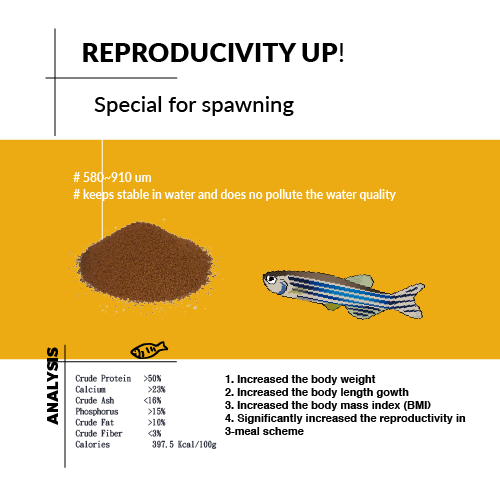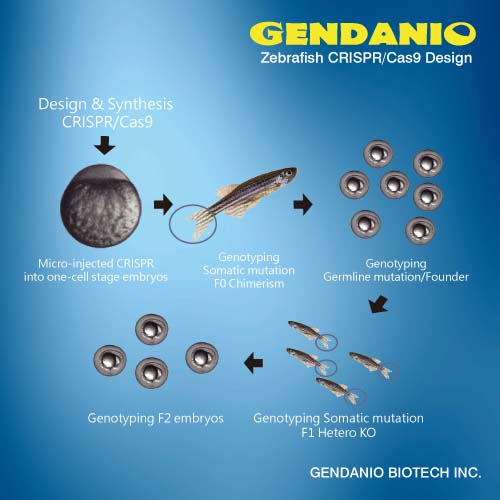Source
Institute of Molecular and Cell Biology (S.-L.Y., S.S.A., V.K.), Agency for Science, Technology, and Research (A*STAR), Proteos, Singapore 138673; College of Animal Sciences (C.Q.C., J.R.P.), Zhejiang University, Hangzhou, People's Republic of China 310058; and Department of Biological Sciences (S.K., V.K.), National University of Singapore, Singapore 119077.
Abstract
Betaine homocysteine S-methyltransferase (BHMT, EC 2.1.1.5) is a key enzyme in the methionine cycle and is highly expressed in the liver. Despite its important biochemical function, it is not known whether BHMT plays a role during organ development. In this report, we showed that early in development of zebrafish before endoderm organogenesis, bhmt is first expressed in the yolk syncytial layer and then after liver formation becomes a liver-enriched gene. By using the anti-bhmt morpholinos that deplete the Bhmt, we found that in morphant embryos, several endoderm-derived organs, including liver, exocrine pancreas, and intestine are hypoplastic. Strikingly, the number of β-cells in the pancreatic islet was increased rather than reduced in the morphant. Additional studies showed that Bhmt depletion elevates the sonic hedgehog (shh) transcript level in the morphant, whereas Bhmt-depletion in the Shh-deficient mutant syu failed to rescue the isletless phenotype. These molecular and genetic data strongly suggest that Shh functions downstream of Bhmt to promote β-cell development. Therefore, although there are still many intriguing questions to be answered, our finding may identify a novel function for Bhmt involving modulation of Shh signaling to control β-cell development.
Source: PubMed
























